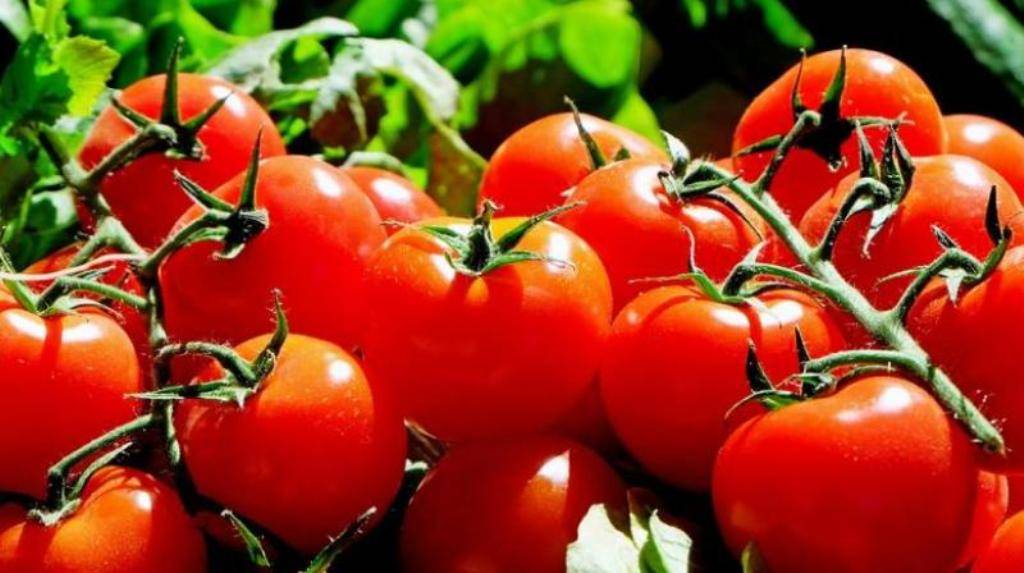
Having a major nursery or garden is consistently the most ideal approach to make the most of your local vegetables for both relaxation and well-being reasons. Tragically, not every person has that extravagance. On the off chance that you live in a loft or apartment, do not let this come between you and your craving of having vegetables at the reach of your hand. Shockingly, the majority of them can fill in a vigorously bound space like a pot or a container, as long as you are probably are aware of the correct way.
Vegetables that can be grown anywhere
On the off chance that you are an amateur at container plantation, here are the 5 best vegetables and spices to be grown anywhere even without a nursery, and how to develop them effectively.
Carrots:
Carrots are an extraordinary decision for both experienced and novice gardeners who are confined in space. They probably won't be the principal kind of vegetables that springs up in your brain with regards to container planting.
Carrot as a root vegetable requires good quality soil and does not grow well in grainy or heavy soil. The best variety of soil with a neutral alkaline levels and good drainage is best for growing carrots. As long as you have a few sacks or empty containers on your housetop, porch, or gallery, where they can get a ton of direct sunlight, carrots will become better than you may have expected.
Garlic:
One good option is garlic, and it requires regular and legitimate watering. Developing it in a container at home is trickier than the other vegetables. So growing garlic inside your house can be a lot harder, despite the fact that you can undoubtedly do it on a deck or a yard.
Try not to let this difficulty discourage you because homegrown garlic is fresh and raises the flavor of your food with its sharp fragrance; something locally purchased garlic can't contend. Simply remember that garlic has shallow roots and needs a ton of space to spread. It might be ideal in the event that you have a profound pot with a lot of channel openings at the base. Dark plastic pots and buckets are ideal choices since they tend to have a longer lifespan and crack during the winter season.

Tomatoes:
As one of the most mainstream vegetables, you can develop tomato plants essentially anyplace, even without a nursery or garden. A terrace container or a crate hanging by your balcony are both incredible alternatives for growing tomatoes, as long as they can get a great deal of direct daylight. Fungal diseases are one of the major issues that you might face while growing them. It is advised to grow small-sized tomato varieties such as cherry, grape, etc. with more resistance to infections and diseases. You can stake, hang, or spread them in holders or crates.
Lettuce:
Developing a serving of mixed greens like lettuce in compartments won't take much of your effort and time, making it an ideal arrangement when you need to add a snappy greenish look and some nutritious advantages to your dishes.
Lettuce doesn't need a lot of daylight contrasted with different vegetables; it can develop completely fine in the shade, dissimilar to plants that are developed for their fruits. Indeed, lettuce tends to be far better and way superior in the event that you hold it under some shade. In that case, the new leaves remain fresh, subsequently delaying the harvest all through the entire season.
You can undoubtedly relocate or plant the lettuce in containers, giving you all out authority over pests and weeds. This vegetable flourishes the most when the temperature ranges between 15 to 21 degrees Celsius. Consistent and shallow watering is best for growing lettuce in a confined space.
Green Beans:
Beans grow well without a garden be it whole or string variety. The same can be grown easily on the top of your building. Before endeavoring into farming green beans, you must have a good knowledge of their varieties and growing habits. Commonly categorized into 2 types namely, bush and pole beans. Bush beans are shorter and do not need any support to grow.
Apart from that bush beans mature sooner and grow well in containers. On the contrary, pole beans climb poles, fences, etc. It can grow on the ground as well however tends to become messy when it matures. It is recommended to grow bush bean varieties if there exists a space crush.
















